For the August 2020 edition of our KG Connects webinar series, we hosted internationally known retail experts Manolo Almagro and Ben Gauthier from Q Division. They are experts in commerce and technology, working with startups and brands worldwide to promote and deploy emerging retail tech and take advantage of key trends. They joined us for a conversation on what to expect as the retail world resets, recovers and advances in the wake of the Coronavirus pandemic and economic downturn.
COVID-19 creates an opportunity for retailers
While “post-Covid” may be overly optimistic to say at this point, retailers and technology companies need to know what to prioritize and where to focus to shore up infrastructure while the “opportunity” of closed or limited store capacity, so to speak, still exists.
While big box retailers including Target, Lowe’s and Best Buy have performed exceedingly well in recent months, mall-anchor retailers such as Macy’s, Nordstrom’s and Kohl’s are facing big challenges. In all cases, most of the response to the pandemic was cemented well before 2020, as they deployed or failed to deploy the right technology infrastructure, customer engagement strategies and assortments that served customer needs.

A big part of that is that the way people shop for regular items – from groceries to back-to-school items to holiday shopping – is changing. Of course, that was true before the pandemic and those changes have accelerated tremendously since.
Retailers must go virtual to meet changing consumer behavior
Just like the way we communicate and entertain ourselves as communities have gone fully virtual, retail has to as well. And it’s benefited the big retailers who have pushed innovative solutions to sticky problems and punished the laggards hanging onto old glory.
As foot traffic in physical stores continues to slowly but steadily regain momentum, it’s essential to remember that it’s human nature to be social. Shopping in person is part of that, but in a “post”-pandemic world, the digital influence can’t be ignored.
Of course, the way technology is deployed needs to be strategic and what works for one retailer would be foolish for another. That said, technology investments shouldn’t be patchwork, hole-filling remedies. Retailers need to truly reconsider how their business model plays with their consumers’ wishes – now and into the future – and respond in kind.
Technology is ready to power future retail success
Ben and Manolo took us through some of the most important innovations. Of course, the pattern will be different for everyone, but what’s true for all is that a service or process that was once radical may quickly become foundational, and what was once foundational may seems suddenly secondary.
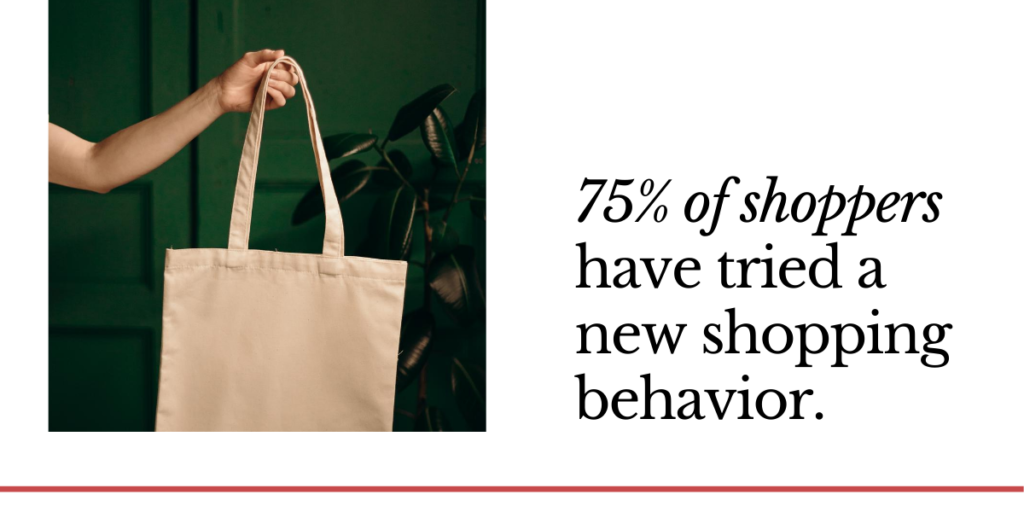
One stat that stood out was that 75% of shoppers have tried a new shopping behavior since COVID-19 struck, according to McKinsey. And according to IBM, we’ve advanced up to five years ahead in e-commerce because of the fundamental need.
For example, curbside was a forced behavior among most grocers. A somewhat slow-to-innovate industry with customers who aren’t always highly tech savvy, curbside quickly became a lifeline and is now very popular across demographics.
When we look at restaurants, we also learn a big lesson on loyalty and owning the customer relationship fully even when launching new services. Restaurants obviously took a huge hit. But some sectors, such as pizza, did well. They were structured to thrive on quick delivery and had the ecosystem in place.
For others, the fees were so high on partnering with a service like Uber Eats that they struggled to really take advantage of the profit those services bring. And when the customer interaction with the restaurant goes through the app, brand identity and value take a hit, too.
That said, consumer loyalty across retail segments quickly shifted from an enjoyable in-person experience or goods rewards program to more fundamental needs, and availability became paramount for driving loyalty. Now, success is all about delivering those new services with efficiency and transparency, and providing great results with availability, quality, speed and consistency.
How to identify the best technology application
Want to learn about the specific technology applications that will take center stage as retailers look to own their customer relationships while reimagining what retail experiences mean to their brand? Watch the webinar to learn more about:
- Customer experience
- BOPIS
- Walk-up, curbside, drive-through
- Cashierless/unattended stores
- Home commerce
- E-commerce
- Virtual shopping / telepresence
- Home delivery partners
- Customer-centric convenience
- Buy now pay later
- Contactless transactions
- Loyalty = availability
- Operations and supply chain
- ML demand forecasting
- Micro-warehousing
- Autonomous everything and robotics
Next up: discussing inclusive communication
It’s also critical that no business loses sight of the power of communication to develop and maintain strong communities. In September, we’ll host Kia Jarmon for a conversation on The Art of Inclusive Communication on how to do just that. We hope to see you there!


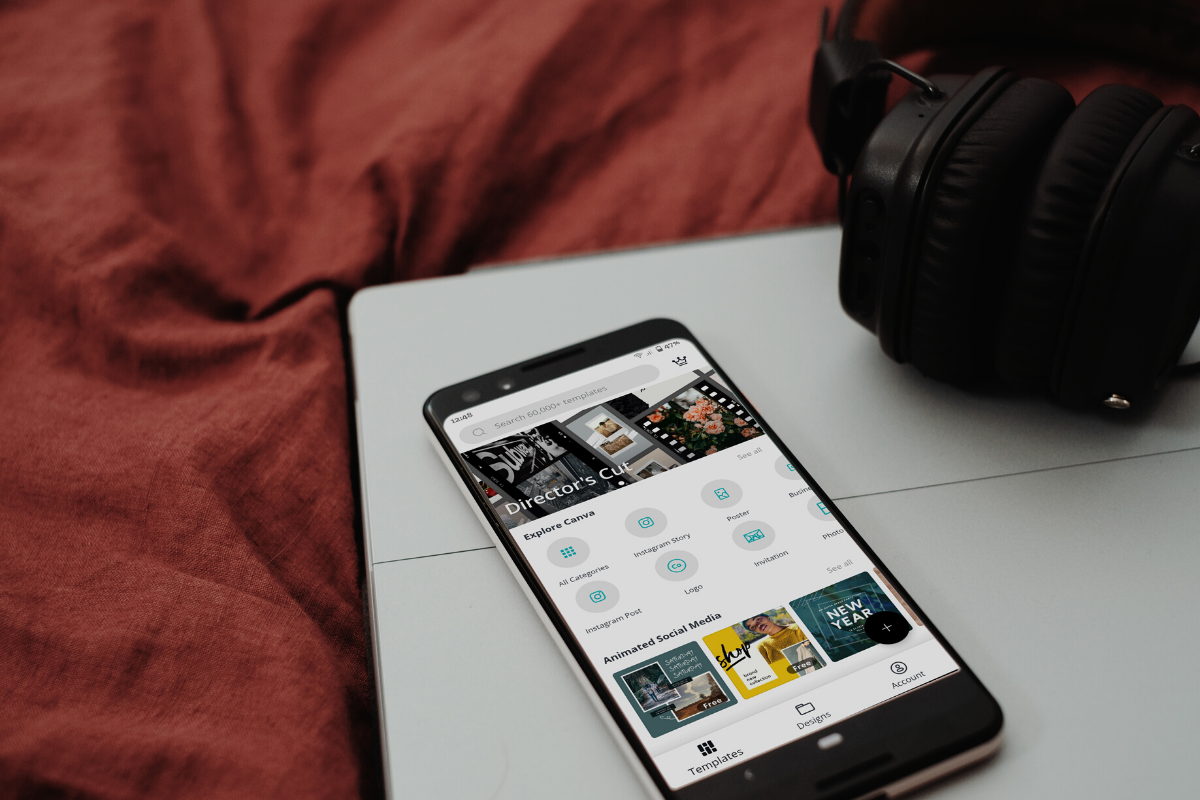
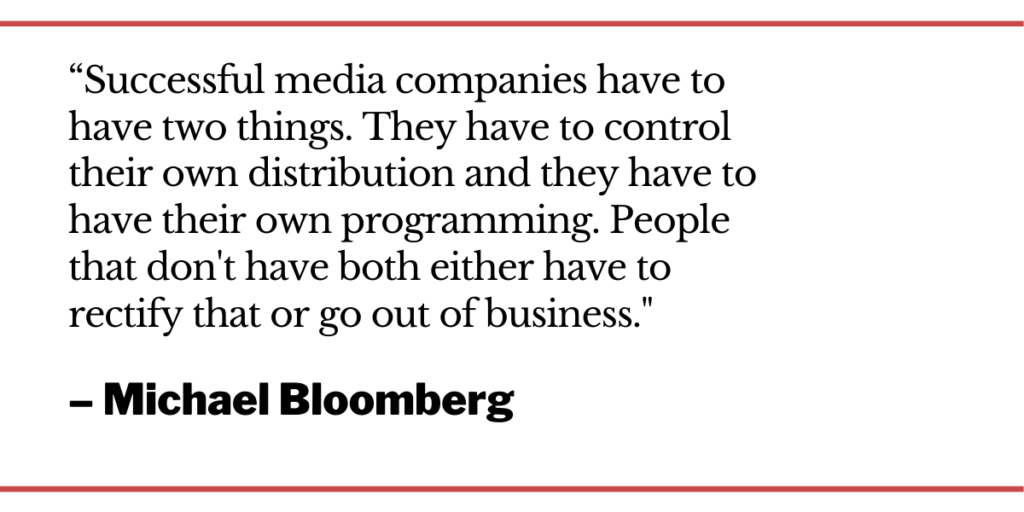
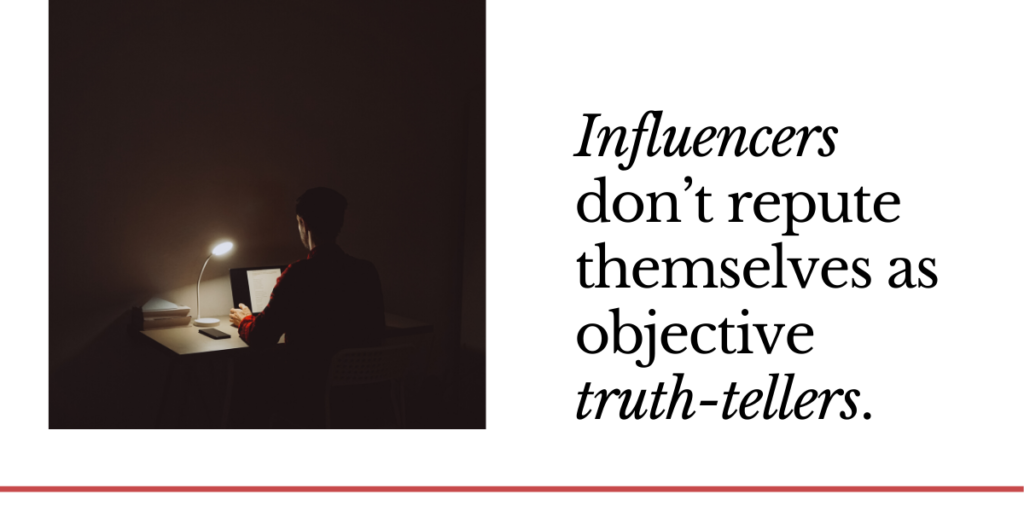
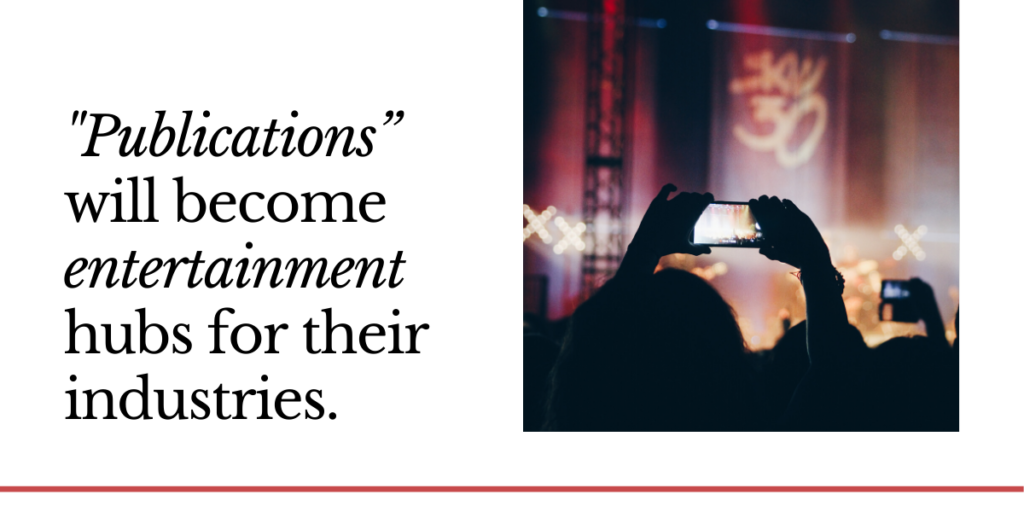





 To help make this good thing better, the Ketner Group executive team has arranged a coworking membership for me at one of Dublin’s more recognizable and funky places of work,
To help make this good thing better, the Ketner Group executive team has arranged a coworking membership for me at one of Dublin’s more recognizable and funky places of work,  Working remotely allows for an unrivaled sense of control over schedule, location and wardrobe. It means if it rains, hard, I’m not going anywhere and that’s just fine. But it also means that I have a unique opportunity to work alongside professionals from across the world, from a wide number of industries on a day-to-day basis and expand my perspective into how the world really turns.
Working remotely allows for an unrivaled sense of control over schedule, location and wardrobe. It means if it rains, hard, I’m not going anywhere and that’s just fine. But it also means that I have a unique opportunity to work alongside professionals from across the world, from a wide number of industries on a day-to-day basis and expand my perspective into how the world really turns.
